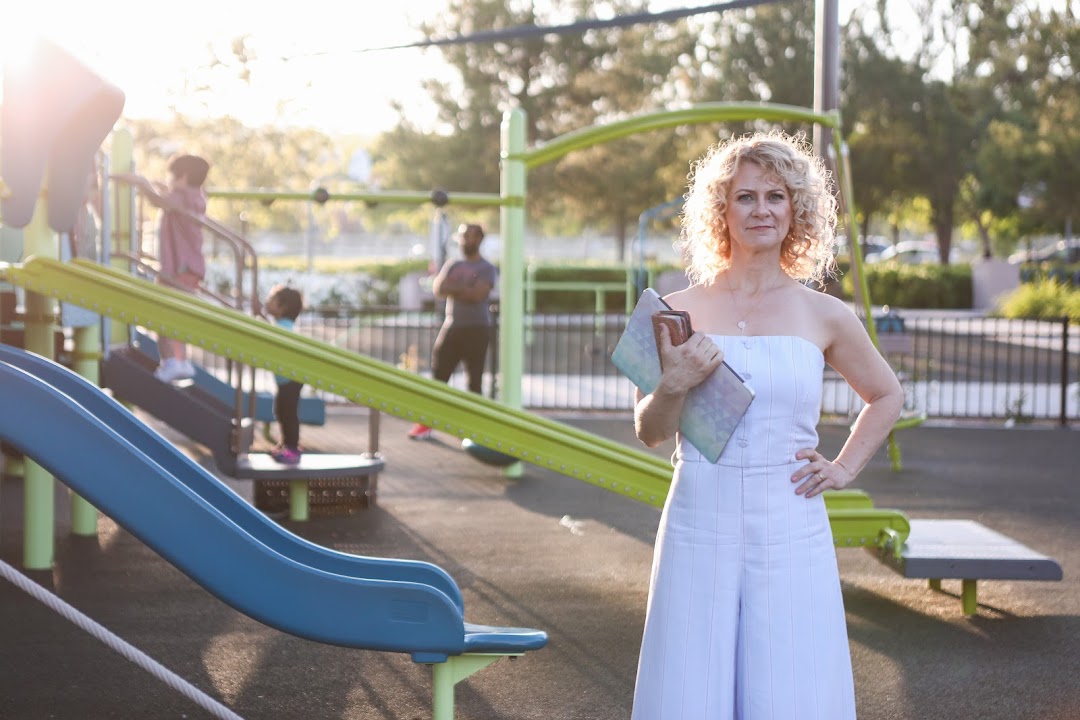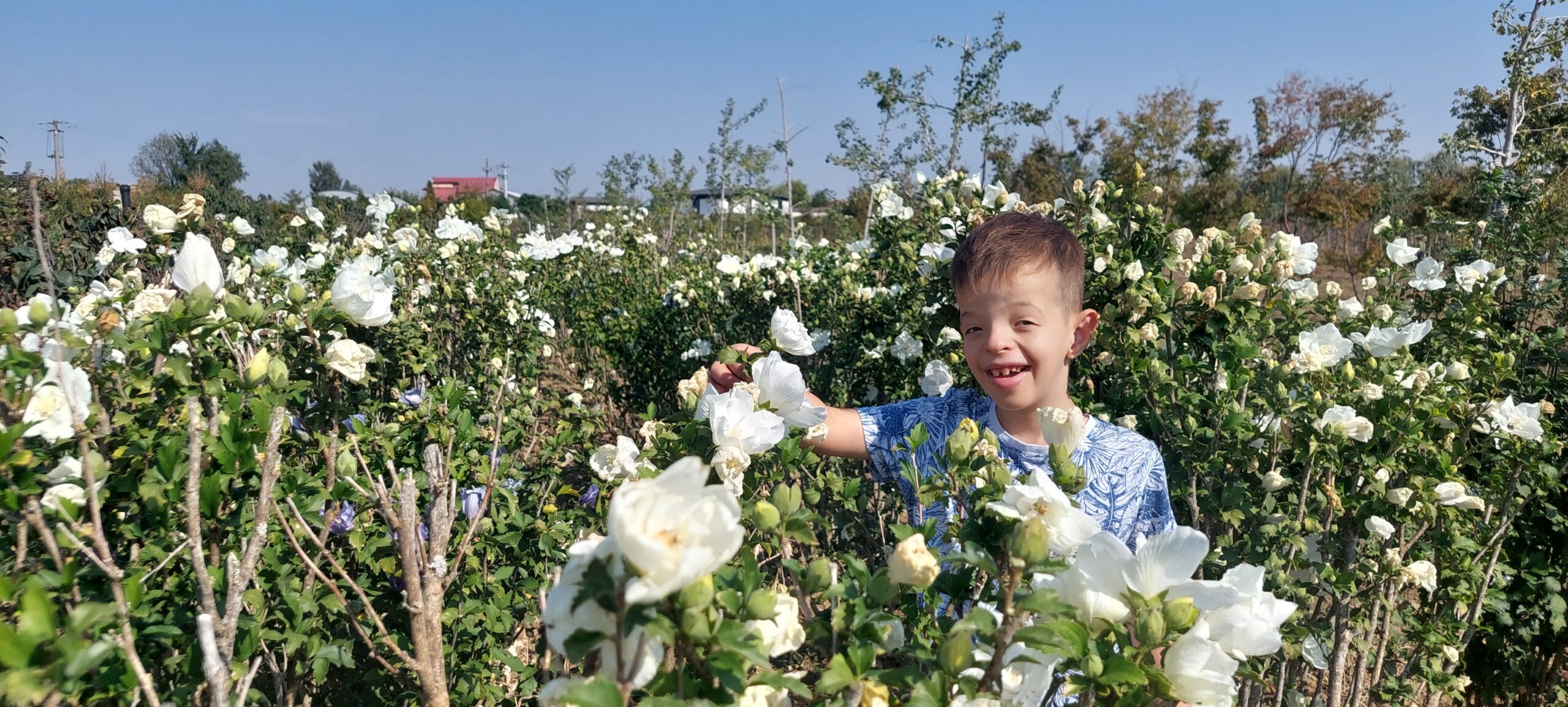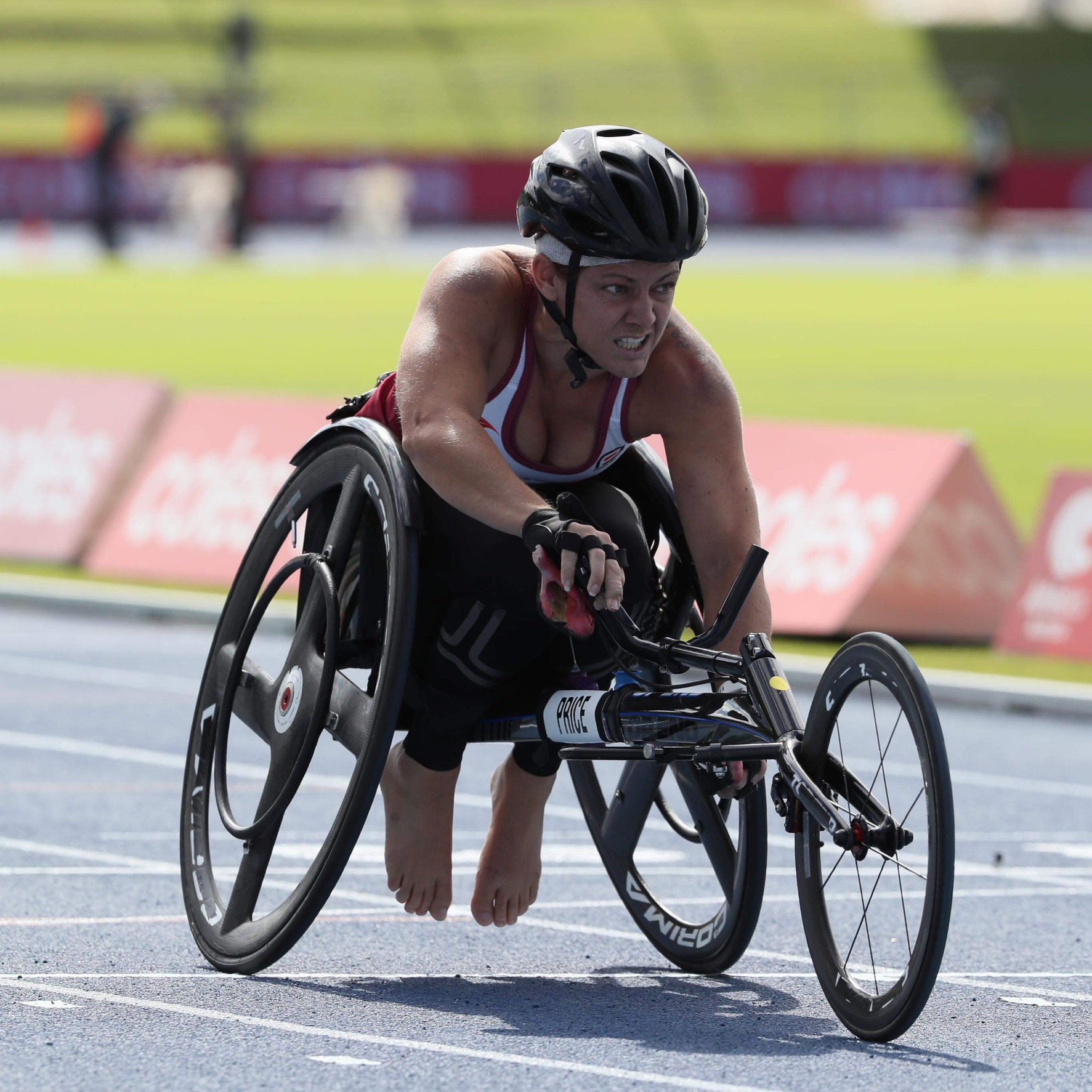Rebuilding her backbone and her life
Karen Faulkner was shocked when a spinal fracture led to a surprise osteoporosis diagnosis.
Having always led a healthy and active lifestyle, at 60 years old she assumed that her risk of developing osteoporosis was very low. “I couldn’t believe it. I’m very health conscious, have never smoked and was exercising three times a week,” Karen tells This Is MedTech. “You assess your health by the way you look and the way you’re feeling. But you just don’t know what’s going on with your bones until something happens.”
Osteoporosis causes bones to become weak and fragile so that they break easily – even a sneeze or getting out of bed can cause a fracture. Worldwide, 1 in 3 women and 1 in 5 men over 50 will experience an osteoporotic fracture, according to the International Osteoporosis Foundation. This can be life-threatening and a major cause of pain and long-term disability.
Because osteoporosis is a silent disease with no obvious symptoms, millions of people who are at risk, like Karen, remain undiagnosed and untreated. “If I hadn’t had the fracture, I wouldn’t have known about the osteoporosis,” she says. “I went from working full-time, going to the gym regularly and having a busy social life, to being unable to shower myself or even use a knife and fork at one point.”
Despite the challenges she faces, Karen is grateful for the medical technology that has supported her on this unexpected journey. “When I was initially referred to hospital for back pain that was radiating around my rib cage, doctors ordered a CT scan, which showed the fracture in my spine,” she explains. She was then referred for a dual-energy X-ray absorptiometry (DEXA) scan that measured her bone mineral density and revealed severe osteoporosis in her spine.
Shortly after the initial diagnosis, Karen’s back pain worsened and she had a magnetic resonance imaging (MRI) scan, which revealed two more fractures. “After the first fracture, it was like a domino effect down my back and I ended up having a total of nine fractures,” she notes. For the following seven months, Karen wore a custom-made brace for 15 hours a day which prevented further fractures.
“I’ve also had two surgeries where cement was injected into five of my vertebrae to stabilise them. A SPECT-CT scan, which combines images from two types of scans, picked up fractures that didn’t show up on the MRI. If I hadn’t had that scan, I wouldn’t have had the second surgery.”
It’s been 18 months since Karen’s life changed forever. “I have regular physiotherapy and do exercises at home. I’m much better now, but I’ve lost four inches in height and am still in significant pain because my ribs and stomach are compressed,” she says.
While she’s still unable to return to work, Karen has been volunteering for the Royal Osteoporosis Society, among other charities. “I volunteered with the ROS because I wanted to support other people who might be going through what I went through. In the beginning, I wanted somebody to tell me that there was a bit of light at the end of the tunnel. Helping people gives me purpose.”
October 20th is World Osteoporosis Day






